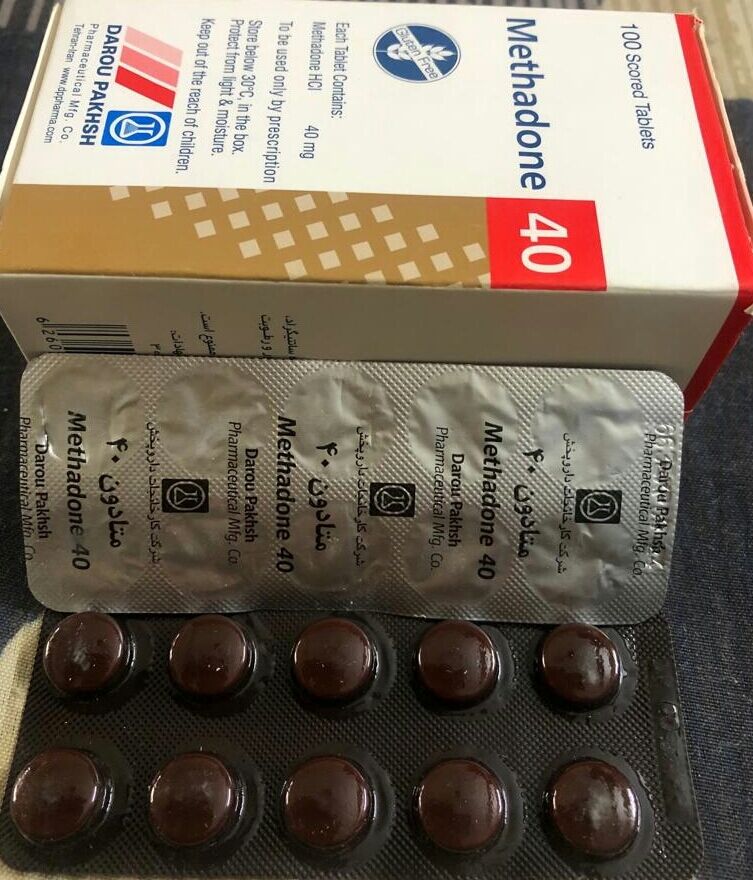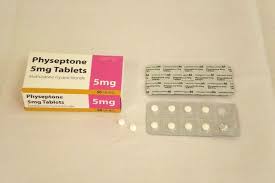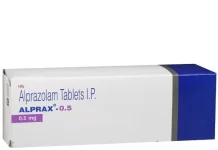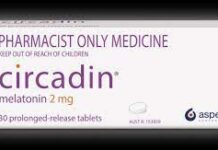Methadone is a medication primarily used in the treatment of opioid dependence and chronic pain. Here’s information about its uses, benefits, common symptoms, and potential side effects: Methadone Tablet Uses Benefits and Symptoms Side Effects

Uses and Benefits of Methadone:
- Opioid Dependence Treatment: Methadone is a long-acting opioid medication used in medication-assisted treatment (MAT) programs to help individuals with opioid dependence or addiction. It helps reduce withdrawal symptoms, cravings, and the euphoric effects of other opioids.
- Chronic Pain Management: Methadone may be prescribed for individuals with chronic pain who have not achieved sufficient pain relief with other medications. Methadone’s analgesic effects can help manage moderate to severe pain.
Common Symptoms and Side Effects of Methadone:
- Respiratory Depression: Methadone, like other opioids, can cause respiratory depression, which can be life-threatening. It’s important to take methadone as prescribed and not exceed the recommended dose.
- Sedation and Drowsiness: Methadone can cause sedation and drowsiness, particularly when initiating treatment or adjusting the dosage. It’s important to avoid activities that require mental alertness or coordination until you know how methadone affects you.
- Constipation: Methadone can cause constipation, a common side effect of opioids. Increasing fluid intake, dietary fiber, and physical activity can help alleviate this symptom. The use of stool softeners or laxatives may be necessary.
- Nausea and Vomiting: Some individuals may experience nausea and vomiting when starting methadone. Taking methadone with food or adjusting the dosage may help reduce these symptoms.
- Sweating and Dry Mouth: Methadone can cause excessive sweating or dry mouth in some individuals.
- Sexual Dysfunction: Methadone may cause sexual side effects such as decreased libido or erectile dysfunction.
- Long QT Syndrome: Methadone can prolong the QT interval on an electrocardiogram (ECG), which can increase the risk of arrhythmias. Regular ECG monitoring may be necessary, particularly in individuals with pre-existing heart conditions.
- Dependence and Withdrawal: Methadone itself is an opioid, and prolonged use can lead to physical dependence. Sudden discontinuation or rapid dose reductions can result in withdrawal symptoms. Methadone should be tapered under medical supervision when discontinuing or switching to an alternative treatment.
Methadone is a controlled substance,
and its use should be closely monitored by a healthcare professional. It is typically dispensed through specialized clinics or programs for opioid addiction treatment.
Inform your healthcare
provider about any pre-existing medical conditions, medications, or substances you are taking to ensure the appropriate use of methadone. Methadone can interact with other medications, including certain antidepressants and benzodiazepines, so it’s important to disclose all medications you are taking.
If you have any concerns or experience
troubling side effects while taking methadone, consult with your healthcare provider for further evaluation and guidance. They can provide personalized advice based on your specific situation and help you manage your opioid dependence or chronic pain effectively.
Methadone Tablet Uses Benefits and Symptoms Side Effects Methadone Tablet in hindi Methadone Tablet in hindi






